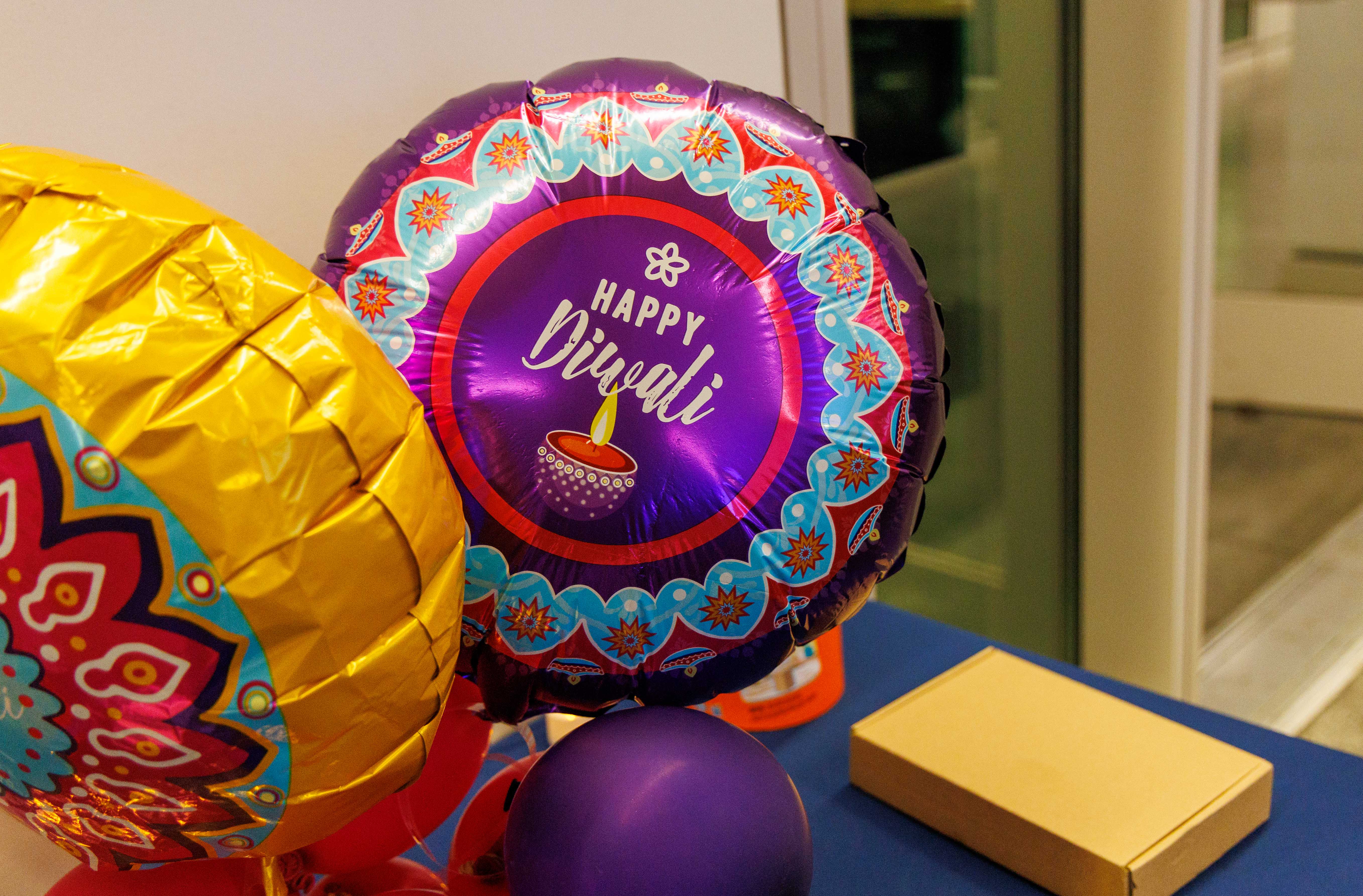Nowruz celebration at Dickson Court seeks to share Iranian culture
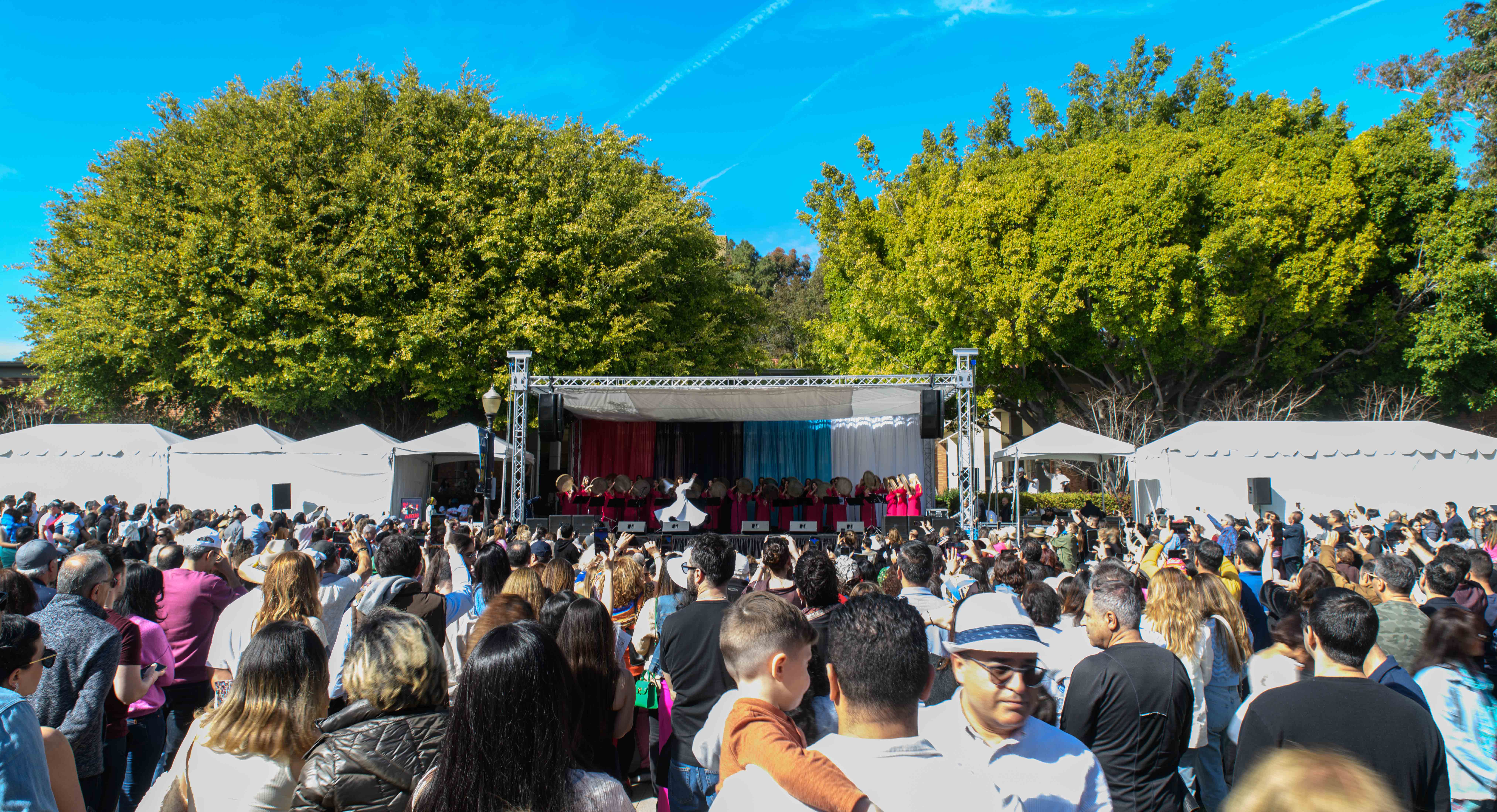
Students at the Nowruz celebration of Iranian New Year, which was held at Dickson Court, are pictured. The celebration aims to celebrate Iranian art and culture. (Jeremy Chen/Photo editor)
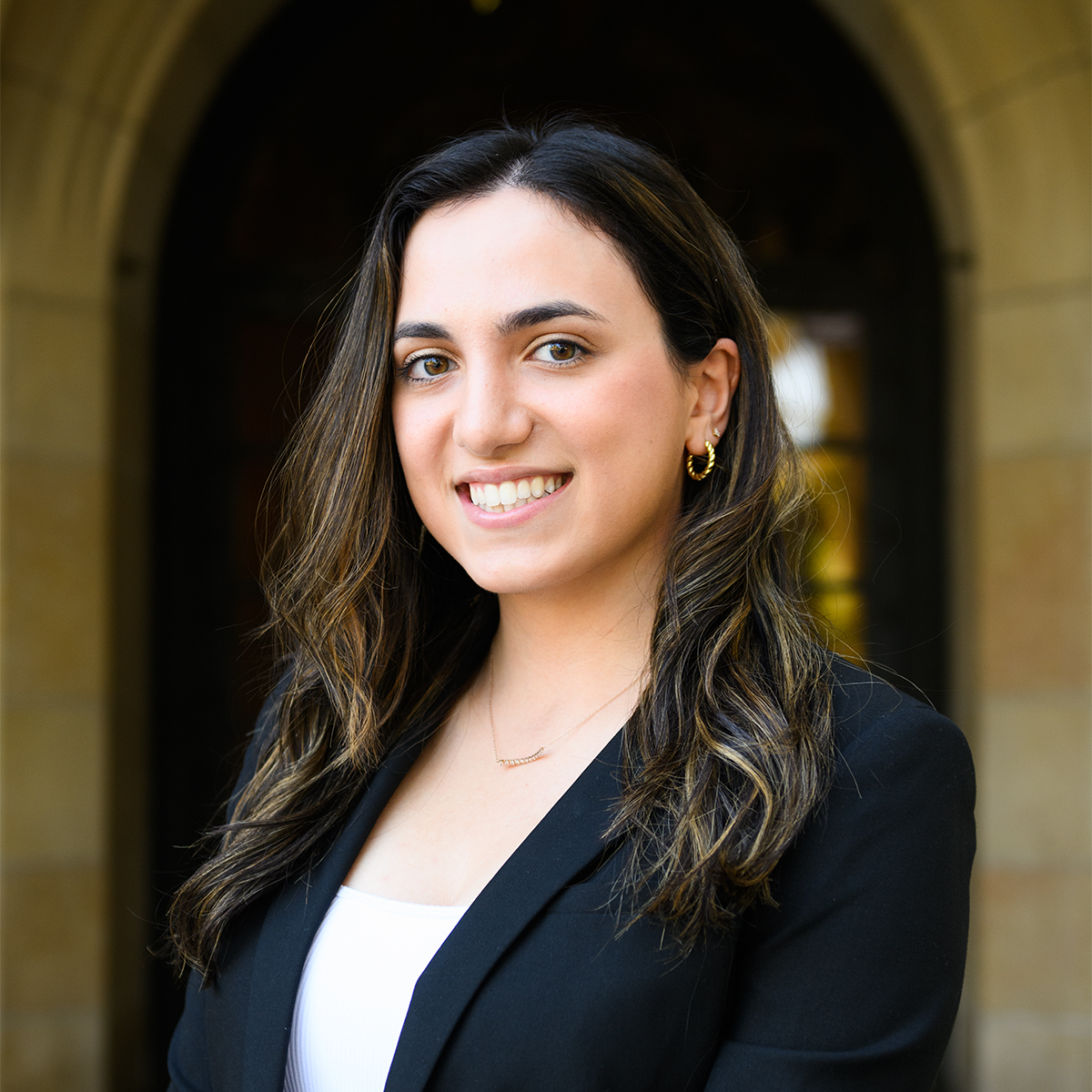
By Eva Danesh
March 13, 2024 8:55 p.m.
This post was updated March 13 at 10:54 p.m.
Thousands of people from across Los Angeles gathered in Dickson Court on Sunday for the Farhang Foundation’s 14th annual celebration of Nowruz, the Persian New Year.
After being postponed last year out of respect for the ongoing Woman, Life, Freedom movement in Iran, traditional musicians and dancers returned to UCLA to welcome the new year that begins March 19, said Alireza Ardekani, executive director of the foundation.
The Farhang Foundation, whose name stems from the Persian word for culture, was established in 2008 with the mission of celebrating and promoting Iranian arts and culture, Ardekani said. The annual Nowruz celebration was one of the foundation’s first events and is now the largest Persian New Year celebration in the country, he added.
“We want everyone to see the true faces of Iranians,” Ardekani said. “We want to share our beautiful culture, history, language (and) music with the entire world.”
[Related: Farhang Foundation commemorates Nowruz to connect, celebrate Iranian community]
Event organizers arranged a Grand Haft Sîn display at the center of Dickson Court. Haft Sîn, which translates from Persian to “the seven S’s,” is the centerpiece of the holiday in many Iranian homes, said Melody Khoshneviszadeh, co-president of UCLA’s Iranian Student Group.
As one of the most significant traditions, Iranians display items that begin with the “S” sound and correspond to wishes for the new year, Khoshneviszadeh said. Items include a “sonbol,” or the hyacinth flower, which symbolizes spring and renewal, and “seer,” or garlic, which represents good health.
Khoshneviszadeh, a recent graduate, said she brought the tradition of displaying a Haft Sîn spread with her to UCLA, arranging one in her apartment and presenting one during past new years to the community in Kerckhoff Hall.
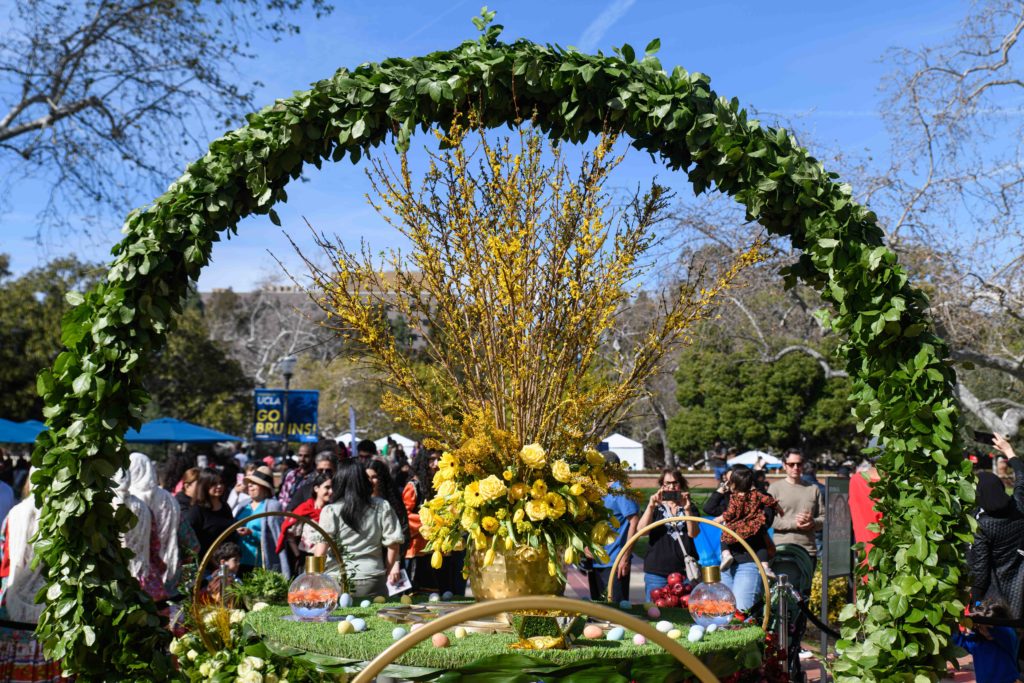
Many activities at the event were geared toward sharing Iranian culture with young attendees, said Tara Mirmiran, the vice president of ISG and a volunteer at the event. In addition to explaining the importance of each item while building Haft Sîn spreads, volunteers also guided attendees through a map of Iran.
“Showing these kids what cities they’re from is very beautiful,” said Mirmiran, a third-year English student. “It’s great to help these kids learn about their culture and to be a part of that.”
One goal of the foundation is to connect young Iranians who may have never visited Iran to their heritage, which is why much of the event was dedicated to their engagement, Ardekani added.
“Bringing them to this event gives them opportunity to learn about their culture, to be proud of their culture, to identify with our culture,” he said.
The most meaningful part of the event was how intergenerational it was, with grandparents and parents engaging young attendees in Iranian customs, said Shannon Rad, the co-president of the Persian Community at Hillel at UCLA.
“It’s beautiful to see when tradition is being passed on through generations,” said Rad, a third-year psychology student who is also the daughter of Iranian immigrants.
Rad, who volunteered at the event with classmates from her Persian language course, said connecting with family and community encouraged her to engage more deeply in the Persian language and pursue an Iranian studies minor. She added that she feels fortunate that UCLA has cultivated a strong and involved faculty in the department, with professors such as Sahba Shayani creating opportunities for students to engage with the culture outside of the classroom.
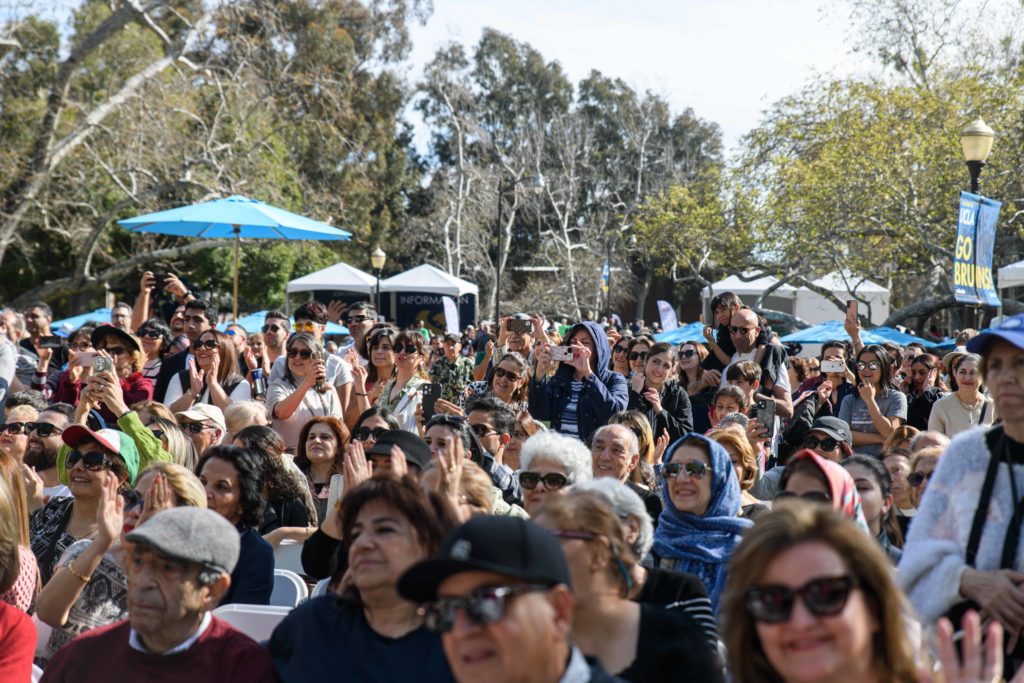
Kimya Peyvan, a fourth-year molecular, cell and developmental biology student, said she appreciates the large and active Iranian community in LA, especially since her hometown has a smaller Iranian community.
“One of the reasons I even came to UCLA in the first place was the vibrant Persian community on campus. I really found my home here,” said Peyvan, who serves as a philanthropy chair of the Sigma Pi Sigma Psi sorority for Persian Bruins.
Ava Sadat, a second-year Iranian studies and psychology student and the internal vice president of Sigma Pi Sigma Psi, said she first attended Farhang’s Nowruz celebration in 2022, the day after she received her acceptance to UCLA. She added that seeing the passionate presence of the Iranian community at UCLA attracted her to the university.
LA is home to a large Iranian population. Sadat said Westwood in particular is a hub for Persian culture, with the area having been recognized as “Persian Square” by the City of LA because of its high concentration of Persian businesses and residents.
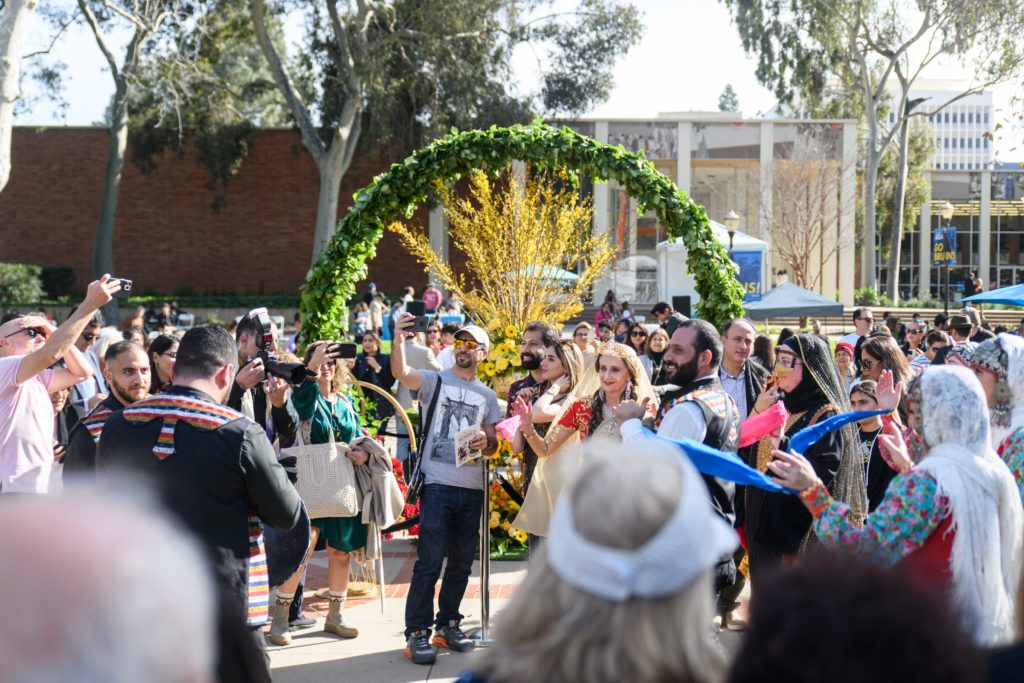
The Farhang Foundation strives to invite people from all backgrounds to their events and conducts programs like Sunday’s celebration in English to include everyone, Ardekani said.
“We always encourage Iranians who come to bring their non-Iranian friends so they can experience the beauty of our culture,” he said. “Once people come who are from (a) non-Iranian background, they fall in love.”
Seeing a diverse range of attendees engaging in all the cultural activities and enjoying the on-stage performances pleased Arezo Ahmadi, a fourth-year molecular, cell and developmental biology student. She added that many Bruins passing by were also drawn into learning more about the event.
Ahmadi said non-Iranian attendees were further involved in the event by host Shally Zomorodi, a morning news anchor from San Diego with a substantial social media following. In between scheduled performances by groups including the LA Daf Ensemble and the Ava Choir, Zomorodi would invite non-Iranian attendees to try Persian dancing in front of the crowd, Ahmadi said. She added that the best dancers were gifted a $2 bill as “Eidi,” which is a monetary gift given to younger people by the elders in their life.
“It made me feel really inspired to see her get people involved with our dancing side of our culture and teaching them about what Eidi is,” Ahmadi said.
Rad said she appreciates events like the New Year celebration because it can otherwise be easy for traditions to be lost.
“It was really nice and heartwarming to know that this isn’t going to be lost with our parents and our grandparents,” Rad said. “We are now responsible for continuing it and carrying on all of these traditions.”



